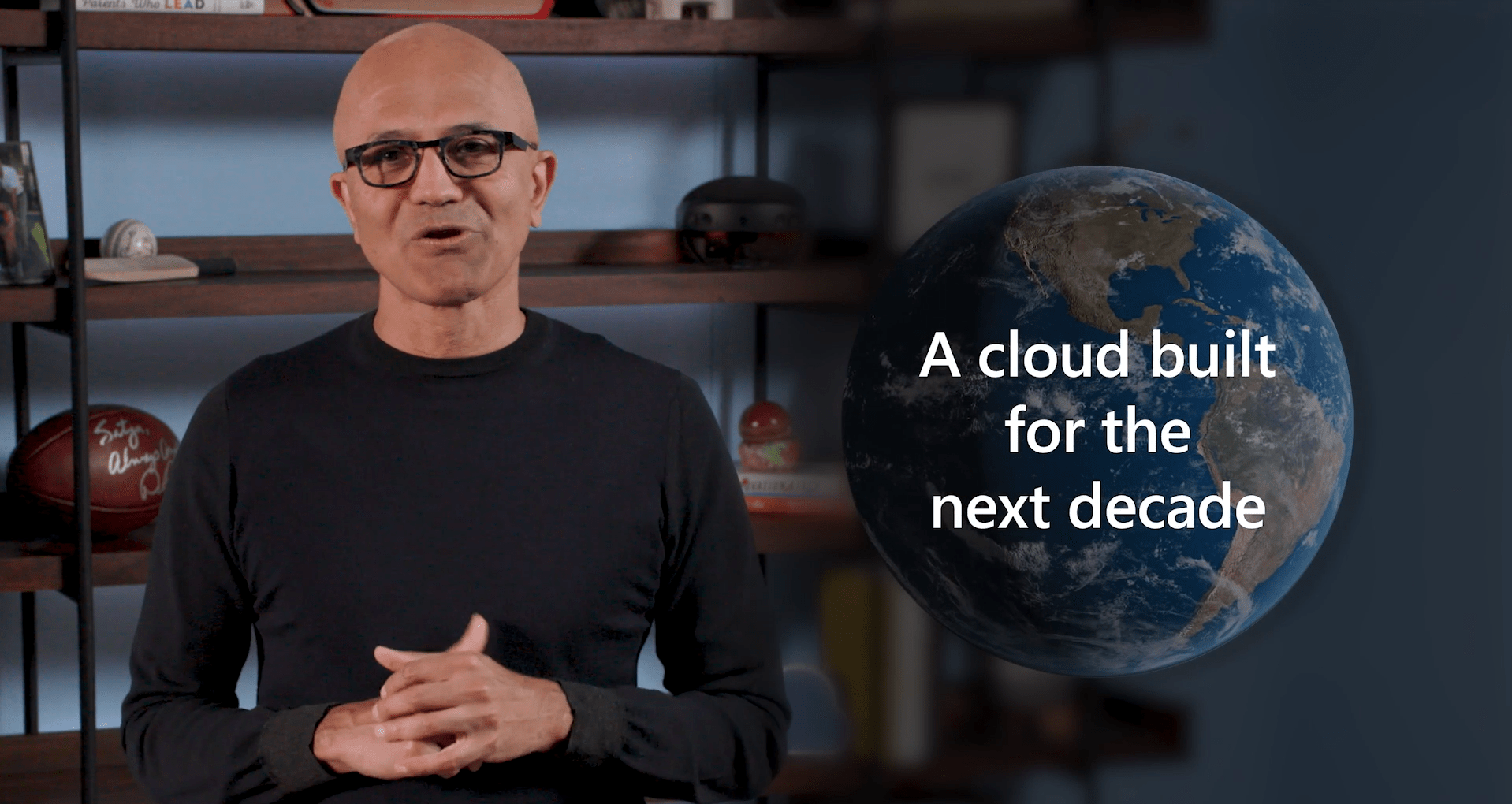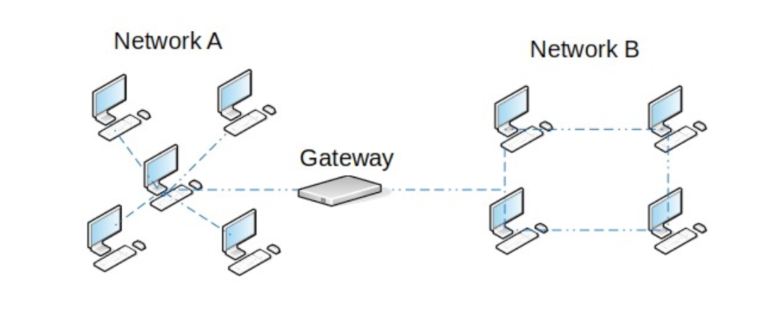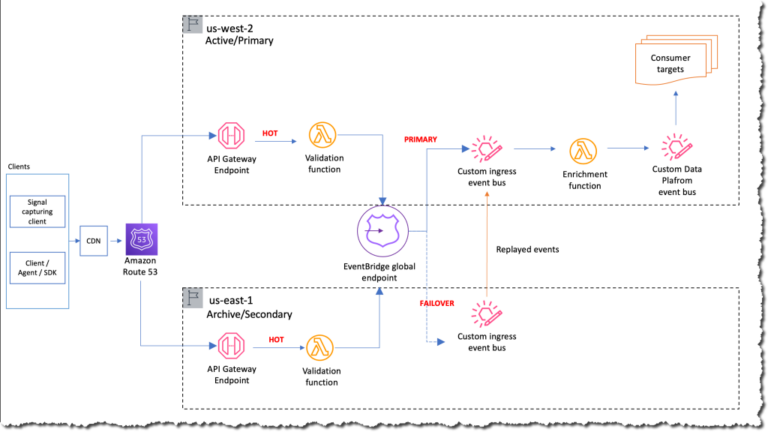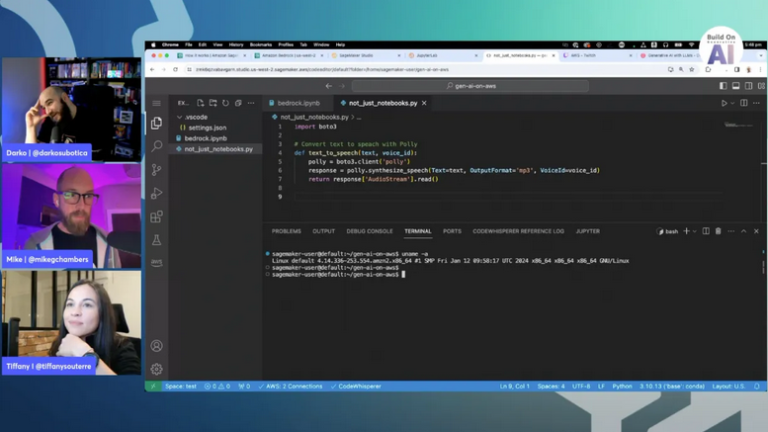
It is all but impossible to be a cloud CEO giving a keynote speech and not frame your discussion around the impact of Covid-19. As your event is virtual, caused by the pandemic, and powered by cloud, thoughts naturally turn to what will remain from the ‘new normal’ – and what needs to change.
Satya Nadella, CEO of Microsoft, put forward his five-step plan for the next generation of innovation in the cloud. AI, edge and even blockchain featured heavily – along with a smattering of some of his old hits. “We will need to foundationally transform how cloud can drive the next level of broad economic growth that everyone can participate in,” said Nadella.
This fits in with a theory of cloud driving the next wave of emerging technologies. Pat Gelsinger, recently appointed CEO of Intel, has a theory around technology being a virtuous circle. Cloud can enable 5G; 5G creates more data; more data makes AI better; AI enables more edge use cases; and more edge needs more cloud. Looking at it as the cloud powering all use cases, as Nadella does here, is equally valid.
Artificial intelligence and machine learning fit into this nicely. “In the AI we create, using all this enormous power of the cloud, we will look for increasing levels of predictive and analytical power, common sense reasoning, alignment with human preferences and, perhaps most importantly, augmenting human capability,” said Nadella.
This was part of a wider theme around ‘sovereign data and ambient intelligence’, one of the five steps. “The volume, variety and velocity of data will go through explosive growth in the cloud and, in particular, at the edge,” said Nadella. “In this world, data will be more private, more sovereign.
“We will develop new methods of federated machine learning to drive the next generation of personalised and yet privacy preserving services,” he added.
Ethical principles need to govern the design, development, and deployment of AI, Nadella added. This comment can be asssessed not just in terms of the goings on at Google right now – as sister publication AI News has comprehensively reported – but also environmental concerns. Microsoft and Google have certainly been interested parties on this front.
Don’t be mistaken however: Nadella’s theory also takes into account how emerging technologies work better in concert. His first attribute was around ubiquitous and decentralised computing, for which cloud and edge will evolve to meet its demands.
“We are going through a radical change in computing architecture, from the materials to semiconductors to the systems, from the cloud to its edge,” said Nadella. “The result of all this will be continued exponential growth in compute capacity. However, we are at peak centralisation right now. As physical and digital worlds converge, we will require more sovereignty and decentralised control.”
One technology which Microsoft appears to be banking on as a cloud-powered option is mixed reality. Perhaps the most eye-catching announcement at Ignite was its Mesh mixed reality collaboration platform. It allows people in different physical locations to join collaborative and shared holographic experiences across various devices. Alex Kipman, technical fellow at Microsoft, appeared on the Ignite virtual stage as a holoportation.
The promise of edge is one which continues to tantalise. With this in mind, one announcement which Microsoft made at Ignite this week was the launch of Azure Percept in public preview. Its goal is to give customers a single, end-to-end system to make the most of edge opportunities.
This can include “elevators that respond to voice commands, cameras that notify store managers when to restock shelves, and video streams that keep tabs on everything from cash register lines to parking space availability,” in the words of a Microsoft blog.
Note that the examples above, while not exclusive, can all apply in the context of retail. Microsoft launched industry clouds for finance, manufacturing and non-profit last month, but alongside that, announced a public preview roadmap for Microsoft Cloud for Retail.
This is a clear strategic target for Azure. Regular readers of this publication will recall Walmart and Albertsons among other retailers moving to Microsoft. With AWS as part of Amazon, the latter all but admitted it didn’t want to spent money with a competitor.
Nadella spoke of ‘trust by design’ as another building block of innovation. “Fundamentally, a technology provider should succeed only when it helps the world around it succeed,” he said. “No one wants to build technology that rapidly scales but breaks the world around us, and no customer wants to be dependent on a provider that sells them technology on one end and competes with them on the other.”
A veiled reference to AWS and the retail sector? You be the judge. The theme of empowering customers to become technology companies in their own right, a well-worn one under Nadella, also made its mark.
“Every organisation will need to harness these attributes to build their own digital tech intensity so they can create proprietary technology required to generate durable competitive advantage,” he added. “These cloud advances are what will enable every organisation, in every sector, to create that broad economic surplus in every community, in every country.”
You can catch up with the highlights from Microsoft Ignite here.

Interested in hearing industry leaders discuss subjects like this and sharing their experiences and use-cases? Attend the Cyber Security & Cloud Expo World Series with upcoming events in Silicon Valley, London and Amsterdam to learn more.






